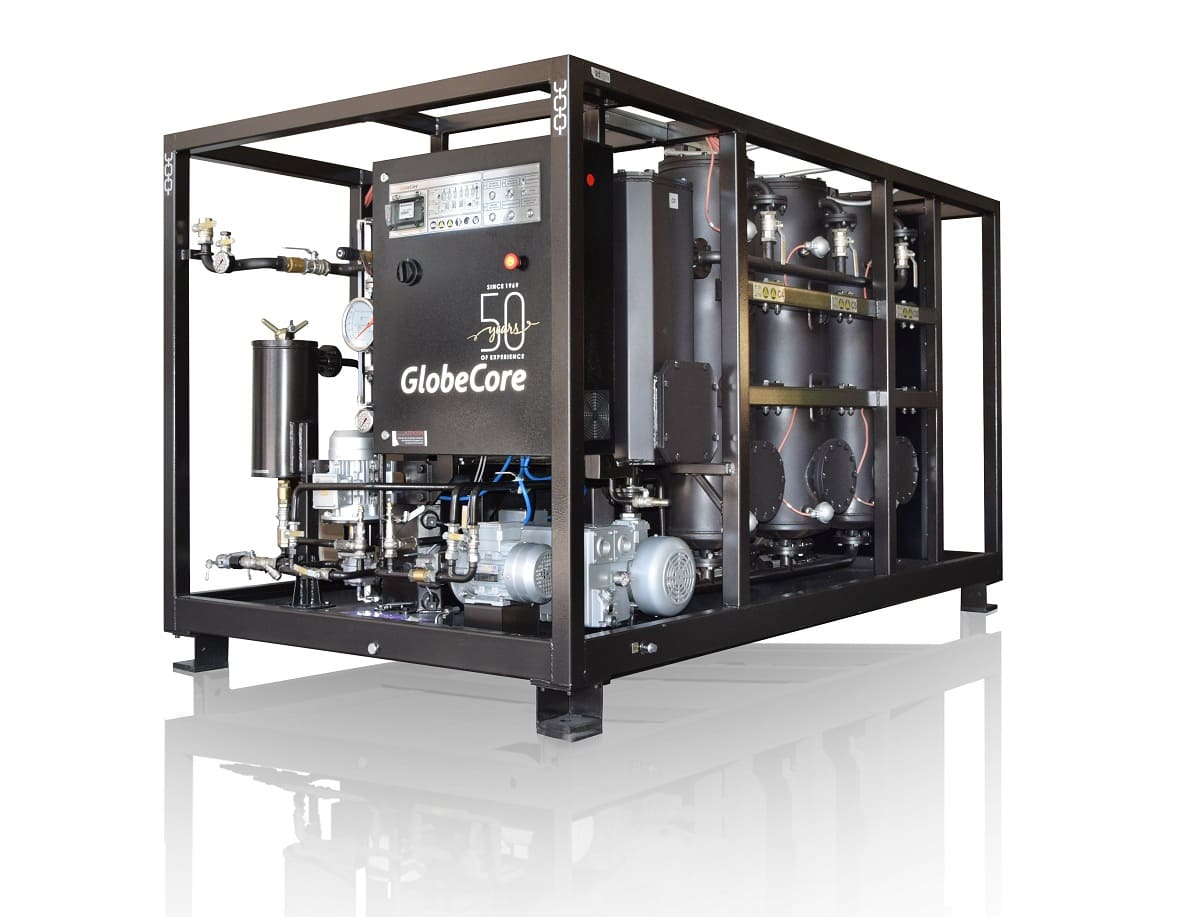How is the corrosive sulphur test conducted in transformer oil?
- Este debate tiene 1 respuesta, 2 mensajes y ha sido actualizado por última vez el hace 1 año, 3 meses por .
Answers
-
septiembre 2, 2024 a las 7:03 am by Nancy Harris
The corrosive sulphur test in transformer oil is conducted to determine the presence of corrosive sulfur compounds that can cause degradation of copper and other metallic components within the transformer system. The test follows specific standardized methods such as ASTM D1275 or IEC 62535. Initially, a sample of the transformer oil is prepared and placed in a test apparatus that contains a copper test specimen. The oil sample is heated to a specific temperature, frequently around 100°C, and maintained for a defined period, typically 72 hours. After the heating period, the test specimen is examined for any signs of corrosion, such as pitting or discoloration. The results are then evaluated based on the presence and severity of corrosion, which determine whether the oil is classified as corrosive or non-corrosive. Regularly conducting the corrosive sulphur test in transformer oil is essential for ensuring the long-term reliability of transformers and preventing damage from corrosive elements.



